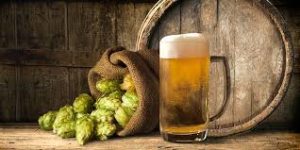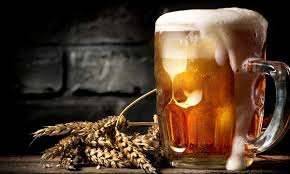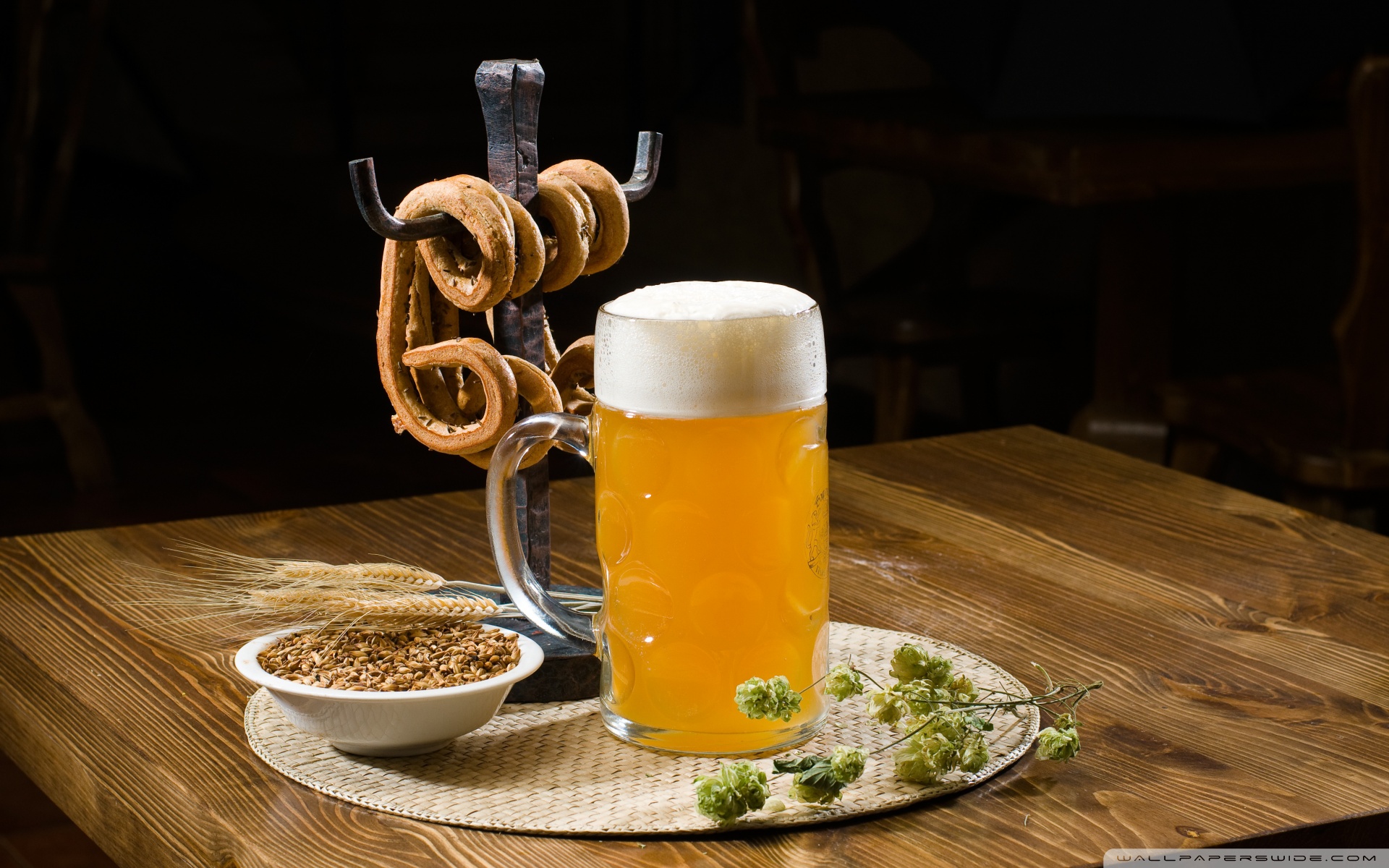Tell 10 different home brewers what home brewing equipment is important and you’ll probably get 10 different answers. There would, however, be some common things that they would all name, and chances are that stripped down, simple, “must have” list will include two plastic buckets with lids, siphoning plastic tubing, hydrometer, and bottles. To learn more about the home brew ireland

There are many other pieces of home brewing equipment that can be added to the basic setup and there are many ways you can upgrade the basic components, but you can also keep the setup very simple and still produce quality beer. A lot of home brewers began with basic, even ghetto set-ups, and their first few batches still produced decent beer. There are countless variations for home brewing setups and no way to do it is perfect. Over time, through online research, your observations and the experiences of other home brewers, you’ll find what works best for you.
Here’s a quick overview of the very basics of home brewing, as well as some potential enhancements you might suggest.
The Brew Pot: You need to boil your wort in something that will ultimately become your beer. Your brew pot will need either stainless steel, aluminum or aluminum coated with enamel. Often, the size of your pot varies, because it depends on what size batches you ‘re going to do — either partial boiling or full boiling.
When you’re new to home brewing, you’ll likely do partial boils, or smaller batches. When you live in an apartment then you will have little space to deal with. When you’re boiling on a stovetop, you do not have the power you need to do a full 5 gallon boil, because most stoves just don’t have the capacity to boil such a large volume of water in any reasonable period of time.
 It doesn’t mean that you can’t do a full boil though. Just split the boil up into two different batches and then mix them. When you just start brewing at home, you’ll typically do 2,5 or 3 gallon batches, and then use top off water to complete the 5 gallon amount.
It doesn’t mean that you can’t do a full boil though. Just split the boil up into two different batches and then mix them. When you just start brewing at home, you’ll typically do 2,5 or 3 gallon batches, and then use top off water to complete the 5 gallon amount.
Whatever the amount of wort you boil, the trick is to have a pot bigger than the volume you want to boil. When you do a complete 5 gallon boil, you’ll actually start with more than 5 gallons of water to allow you to evaporate, so you’ll end up with 5 gallons of wort. You do want to stop boilovers, and that’s another excuse why you need a pot that’s bigger than the amount of wort you expect to boil.

